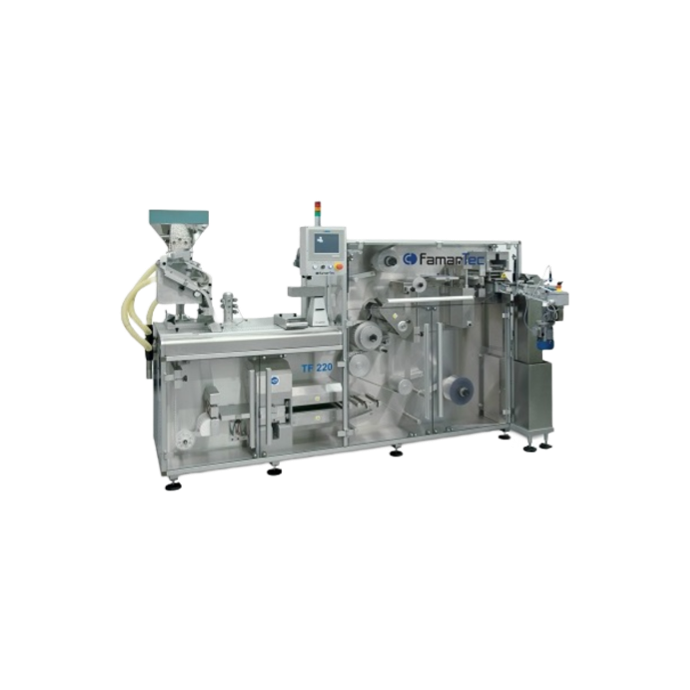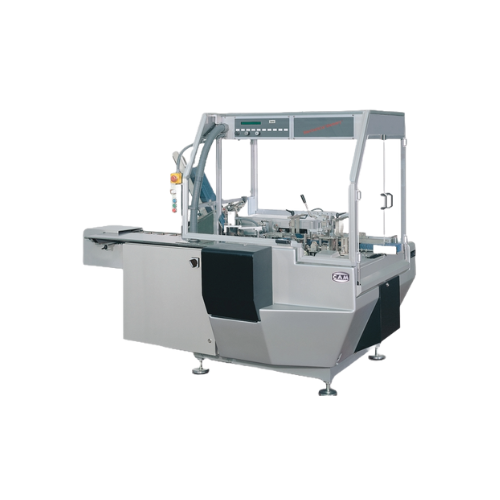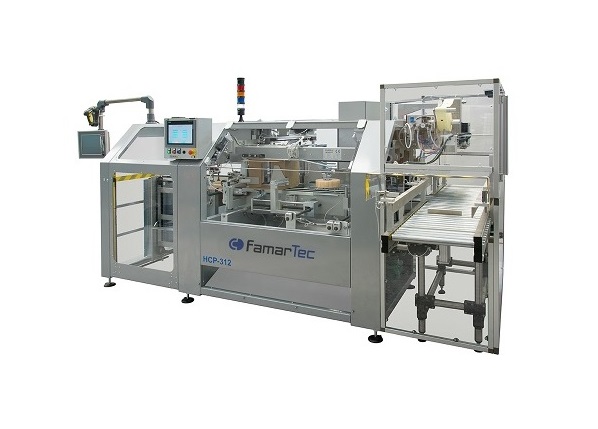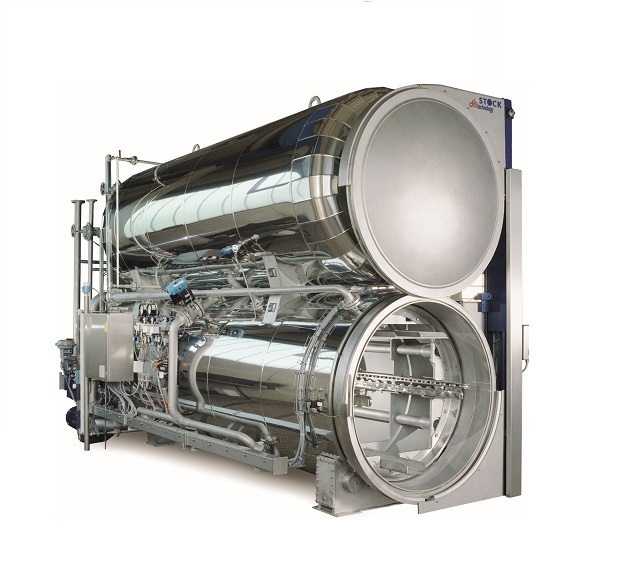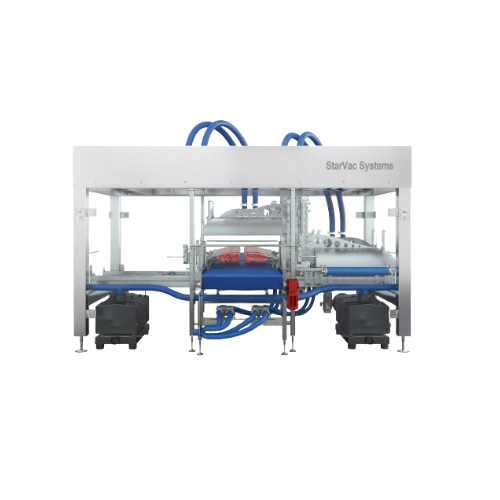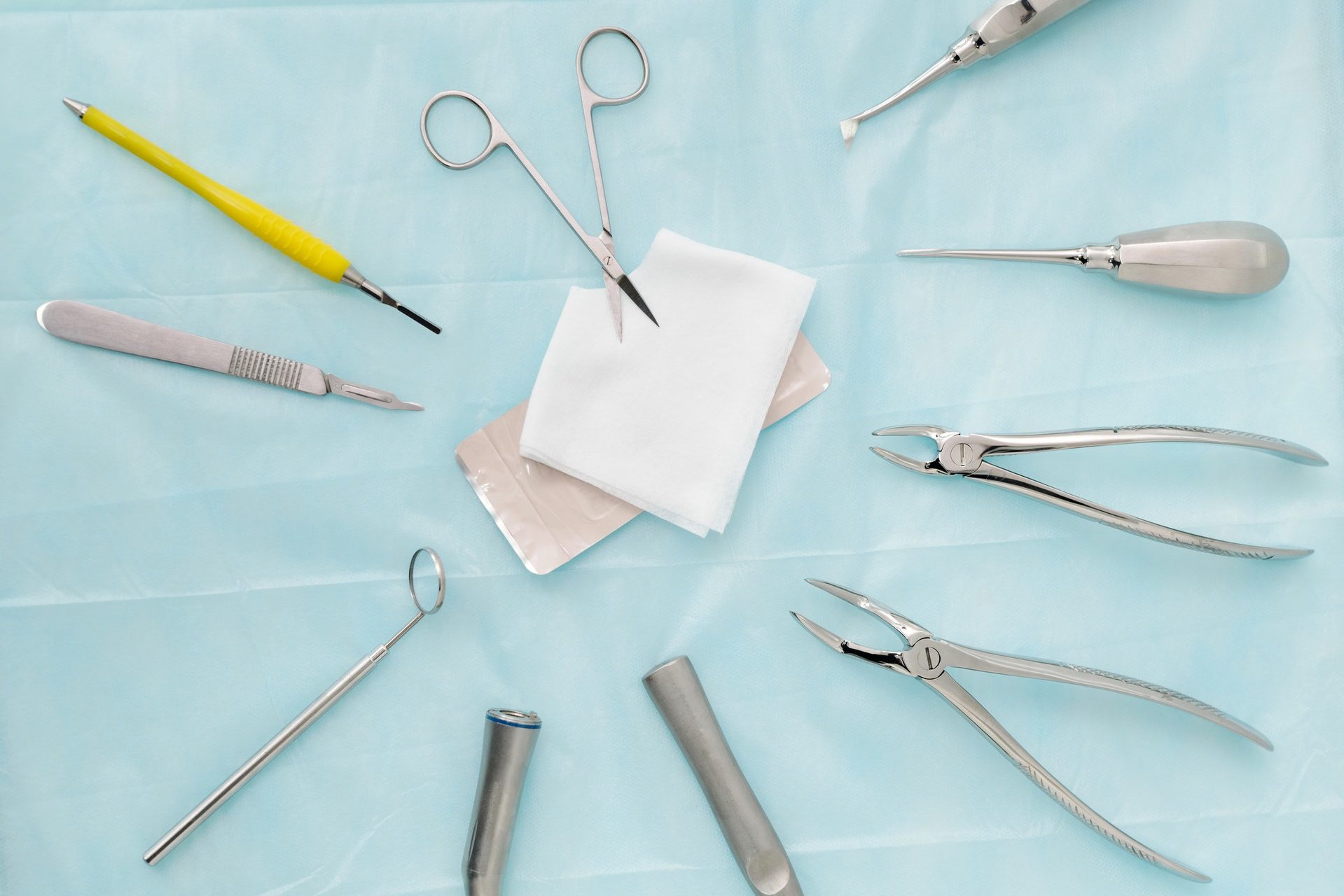
Making Surgical Instruments
Find innovative production technology for making surgical instruments and connect directly with world-leading specialists
Surgical instruments still involve a significant degree of manual craftsmanship to manufacture. But advances in surgical instruments technology today intertwine with expert handiwork to produce precise tools that make the difference between life and death.
Select your surgical instruments process
Tell us about your production challenge
Drive the furnace temperature up to 750°C to achieve austenitization in alloys
Surgical instruments are crafted from anti-corrosion materials, typically alloys composed of iron and carbon. The most common base material, Austenitic Steel Type 316, is also known as surgical stainless steel.
The austenite phase in alloys forms at temperatures exceeding 750°C but not reaching 1450°C. During austenitization, the carbon content drops as the heating rate rises, but it settles after the complete dissolution of cementite and ferrite in the material.
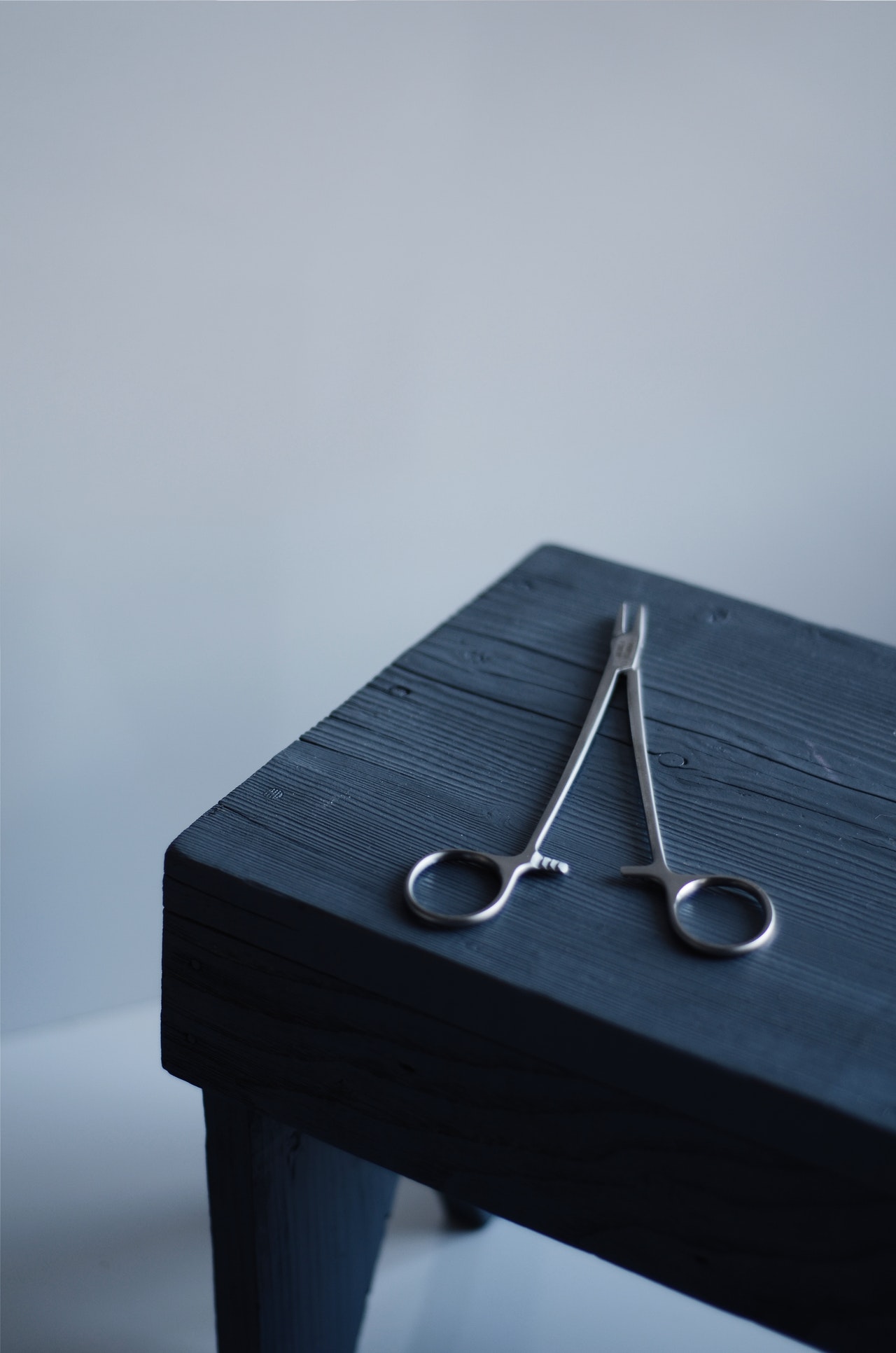
Use polishers to even out juts caused by surgical instruments technology
Forged tools are ground and sanded to shape precise, even contours. But surgical instruments technology causes burrs during the machining stage.
Scrub your forged scalpels and forceps in a barrel finisher to smoothen and buff them. Porcelain chips or other polishing compounds in the scrubbing equipment scour the instruments in a circular vibrating drum.
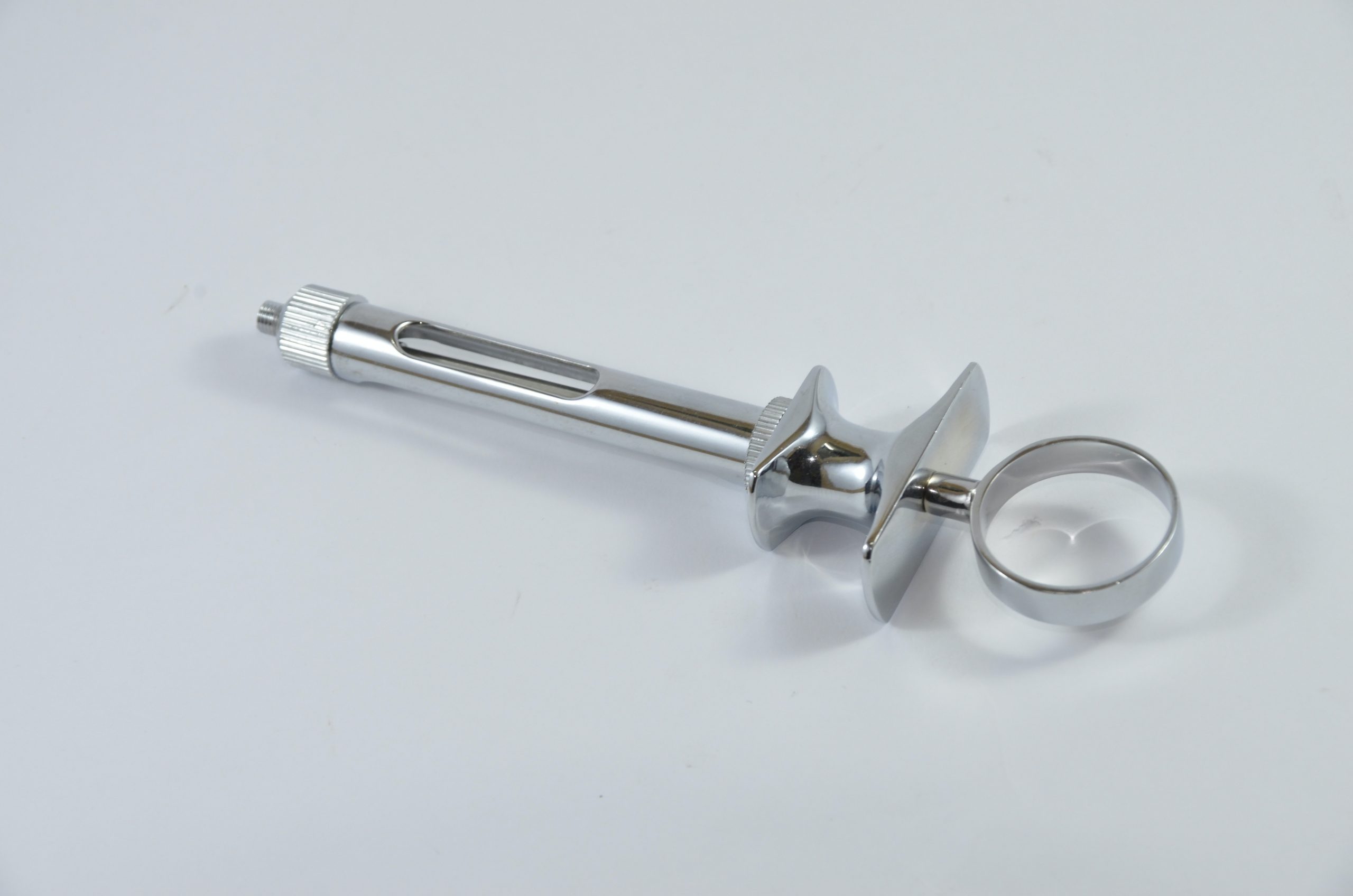
Control ductility in the final product with steady annealing
Achieving the correct annealing is critical to keeping surgical tools ductile. Treat the hardened products in a furnace to above the recrystallization point of the base materials but below their melting point. This varies between 60°C and 290°C depending on the composition.
This process evens out irregularities in the molecular structure of the metals and allows new grains to develop. Ductile metals are better able to handle concentrations of stress.
Repeat passivation techniques flush out iron reactivity
Frequent exposure to body fluids makes surgical instruments susceptible to corrosion. Any residue of free iron on the surface of the objects poses a risk.
Immerse the finished product in mild oxidants, such as concentrated nitric acid, to eliminate the chemical reactivity of iron. The passivation process dips the instruments in a series of pools until any trace of iron is neutralized.
Processing steps involved in surgical instruments making
Which surgical instruments technology do you need?

Collaborative robot for fast and intuitive automation
Accelerate your production line with a versatile and intuitive cobo...
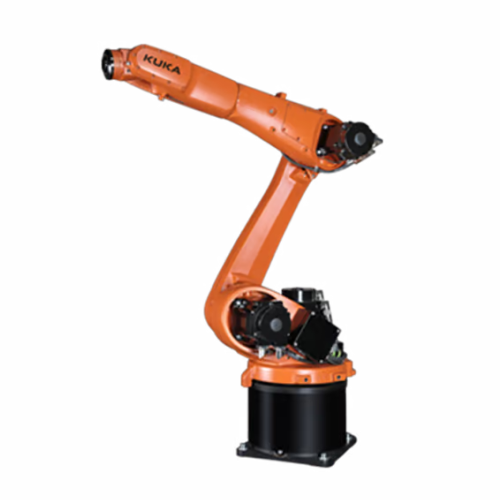
Robotic arm for small component handling
Streamline your production with a versatile robotic arm designed for small compone...
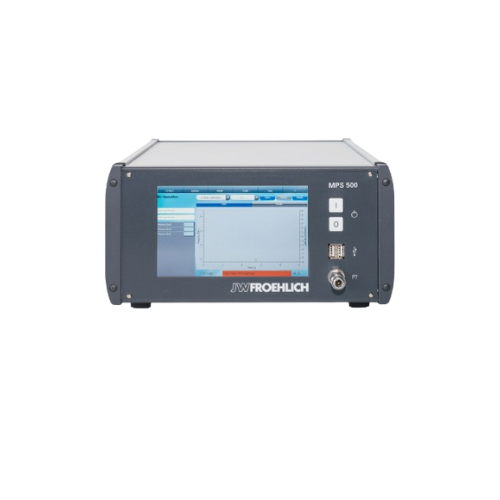
Leak test panels for industrial applications
Ensure the integrity of your critical components with precision leak testing ...

Industrial tunnel dryer
Optimize drying efficiency and maintain product quality with continuous tunnel drying, ideal for prec...
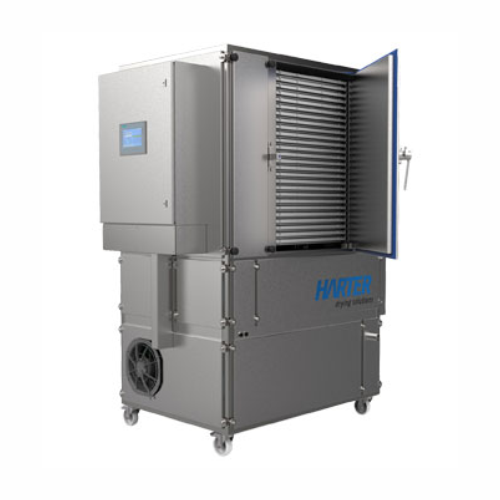
Pharmaceutical and laboratory product drying solution
Ensure precise moisture control for diverse products, from pharmace...
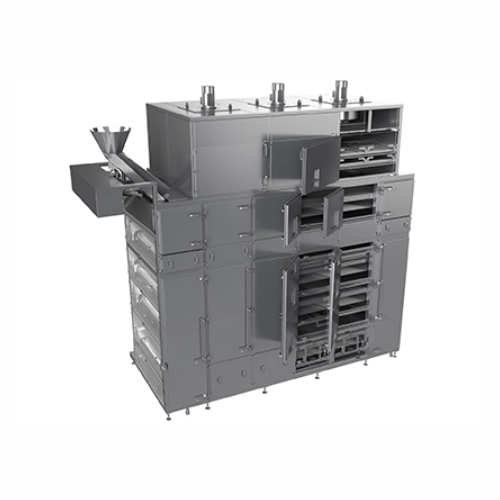
Continuous belt dryer for large-scale drying applications
Optimize your production with a continuous belt dryer, enginee...
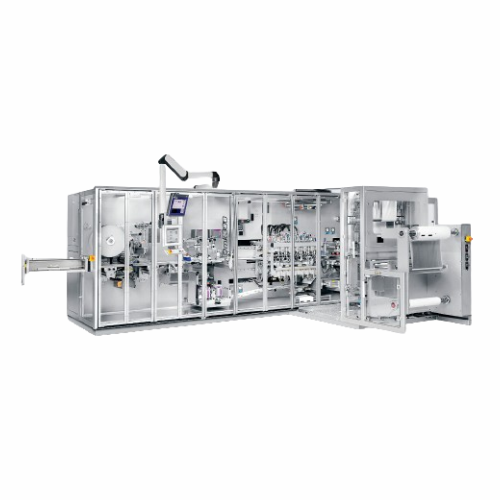
Web processing platform for pharmaceuticals and medical products
Optimize your medical and pharmaceutical production wit...

Modular quality assurance system for packaging lines
Streamline your packaging line with a versatile system that ensures ...
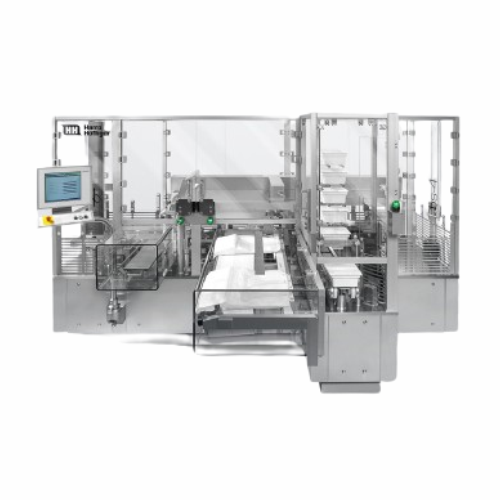
Double bagging solution for sealed tubs
Achieve sterile packaging for medical and pharmaceutical products with a compact, e...

Rotary indexing table for dosing and assembly
Optimize production efficiency with a compact rotary indexing table that str...
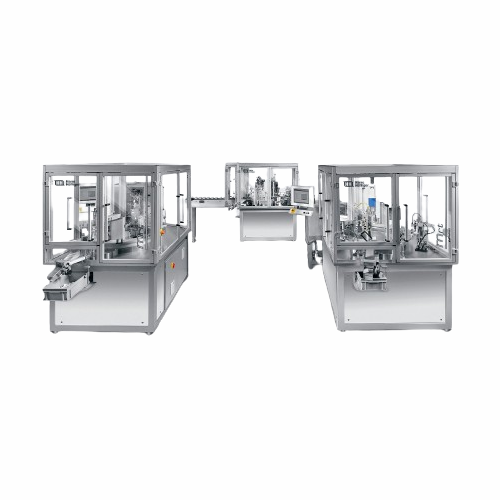
Round motion assembly platform for inhalers
Achieve high-efficiency assembly and inspection of inhalers and diagnostic dev...
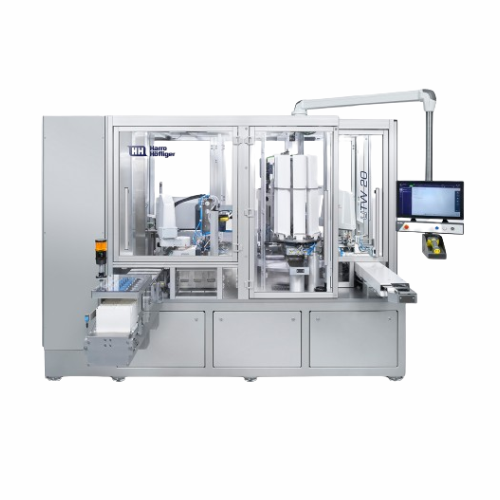
Fully automated suture winding system
Simplify your surgical suture packaging with a system that ensures precision and spee...
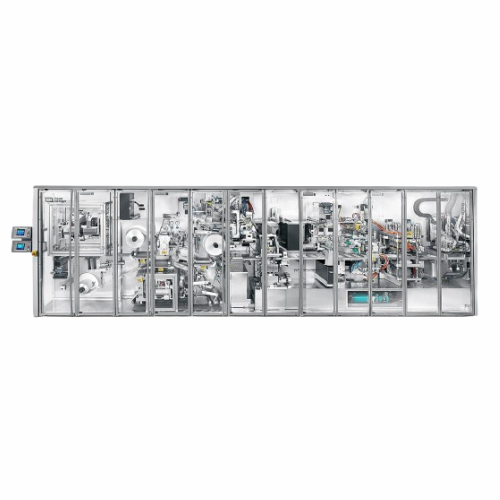
Production of sterilized aluminum blister packs
Optimize your medical product packaging with our high-speed solution for p...
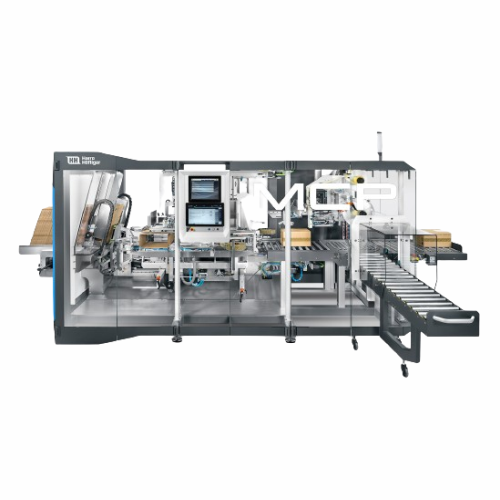
End-of-line casepacker for shipping boxes
Streamline your packaging line efficiency with this versatile casepacker, design...
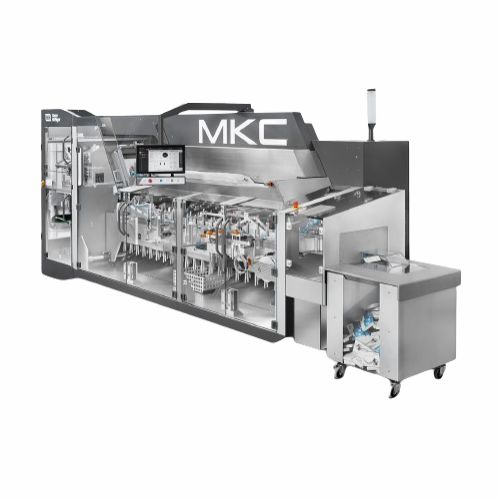
Flexible horizontal cartoning solution for various products
Streamline your packaging process with this versatile carton...

Powder dosing for lab and galenics
Ideal for precise dosing needs, this compact lab device streamlines powder filling proce...
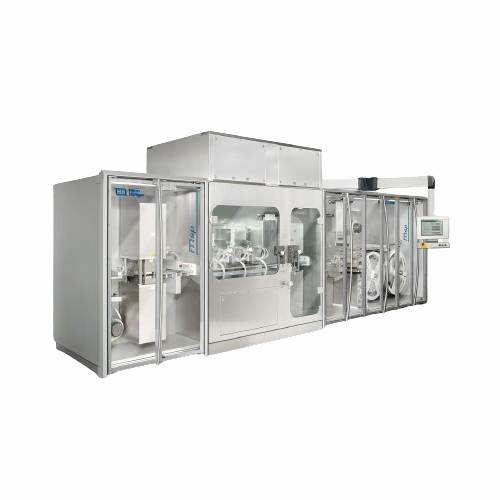
Commercial blister filling solution for dry powder
Efficiently fill and seal blister packs with precision, ensuring consi...
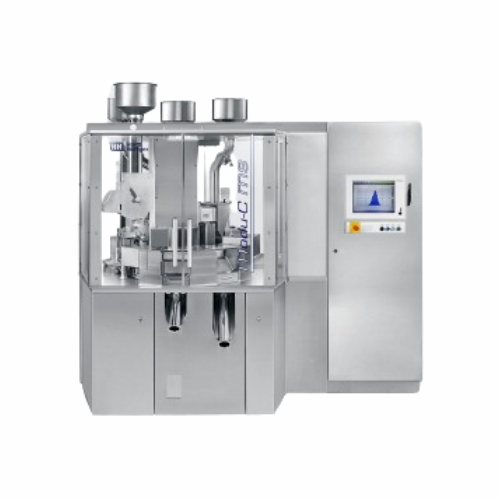
Versatile capsule filler for pharmaceuticals
Effortlessly switch between powder, pellet, and liquid dosing with this adapt...
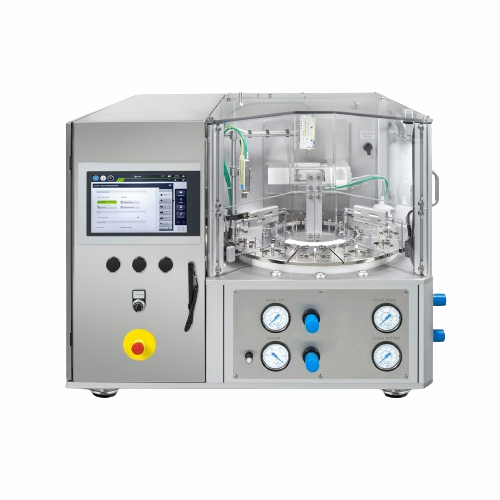
Semi-automatic powder dosing system
Achieve precise micro-dosing for pharmaceutical powders with a flexible system ideal fo...
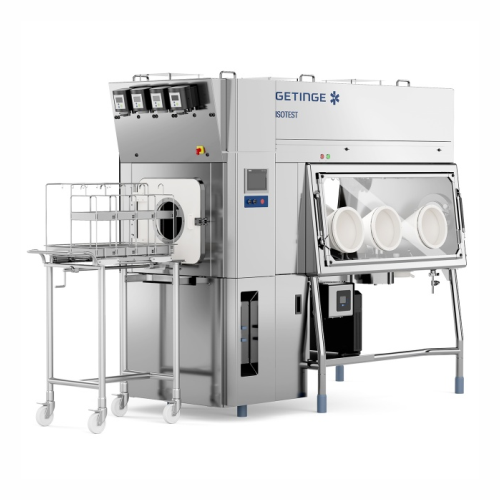
Sterility testing isolator for pharmaceutical labs
Ensure reliable sterility testing in a controlled sterile environment ...

Sterilizer loading solutions for biopharma and research laboratories
Streamline your sterilization process with ergonom...

Ethylene oxide sterilization for heat-sensitive medical products
Ensure sterility of heat and moisture-sensitive product...
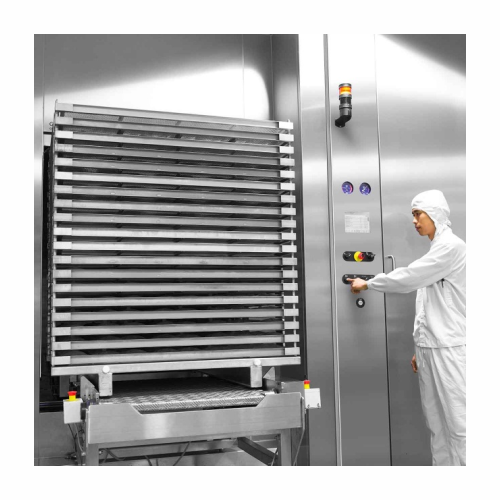
Pharmaceutical sterilization with steam/air mixture
Achieve sterile, dry, and ready-to-use pharmaceutical products with p...

Steam sterilizer for biomedical lab research
Ensure the highest level of biosafety and scientific integrity with this stea...
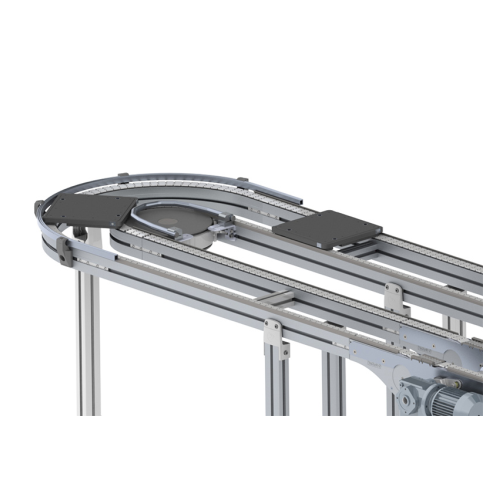
Twin track pallet conveyors for assembly and testing
Enhance your production line’s efficiency with a system that s...
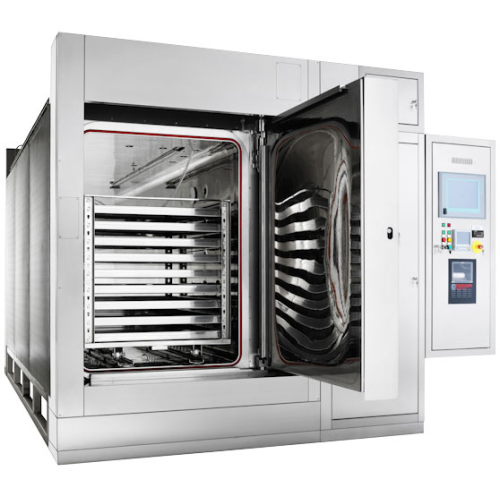
Saturated steam sterilizer for bio-pharma applications
Ensure sterility and compliance in your production line with versa...
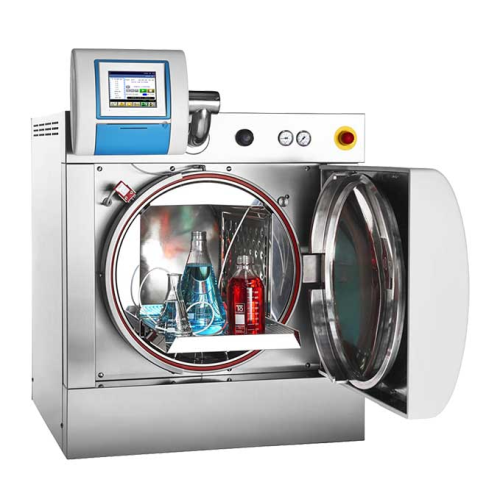
Benchtop lab sterilizer for laboratory use
Ensure precise sterilization of various lab materials with a compact solution d...
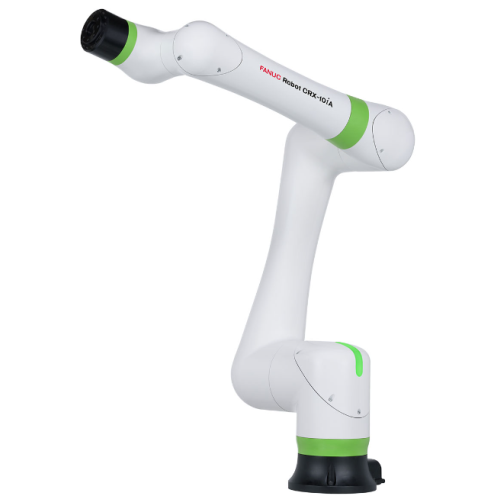
Collaborative robot for handling and assembly applications
Optimize your automated production line with a versatile robo...
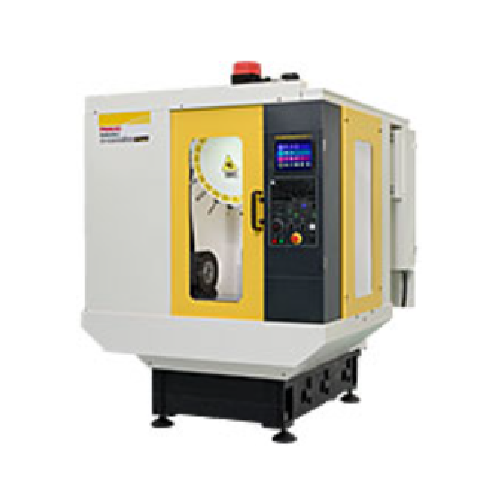
Compact machining center for high-precision manufacturing
Achieve unparalleled precision and speed in metal machining wi...
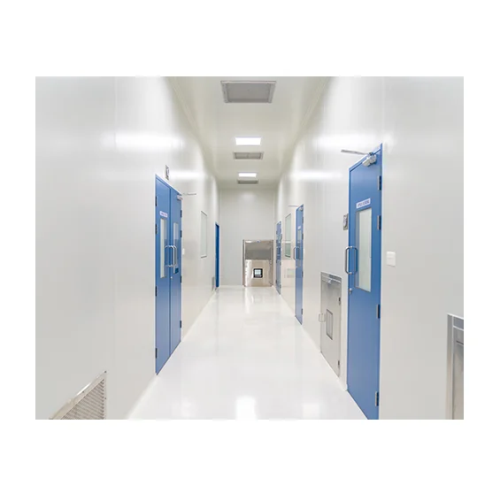
Modular cleanroom panel systems
Transform your cleanroom projects with modular panel systems that streamline installation an...
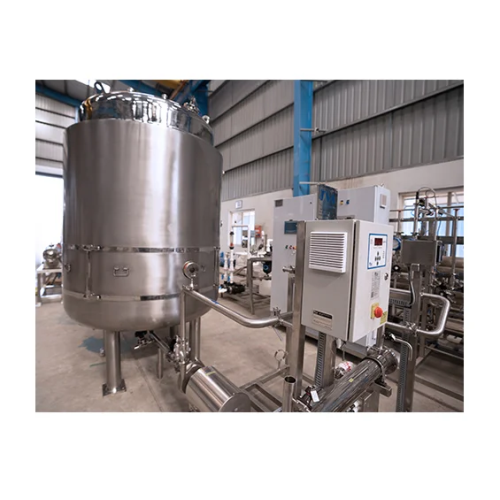
Pure steam generation system for sterilization purposes
Ensure sterile production with pure steam capable of eradicating ...
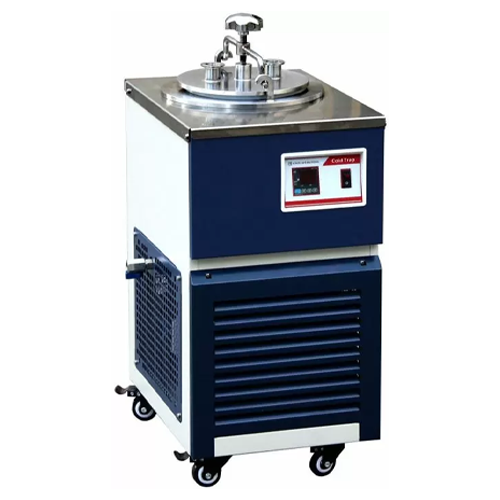
Cold trap for laboratory applications
Achieve efficient condensation and separation in laboratory processes with this versa...

Delta robot for hygienic manufacturing processes
Enhance your processing line with precision and speed, ensuring hygienic ...
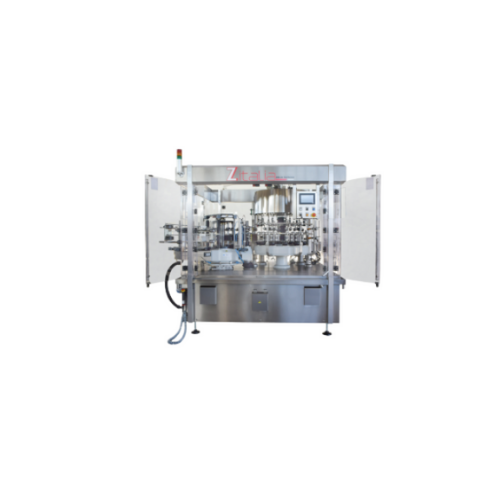
Stand-alone autoclaves with round chamber for laboratory and pharmaceutical use
Achieve seamless sterilization and pre...

Autoclaves for laboratory and production with square chamber
Optimize your laboratory space with compact autoclaves that...

Gmp contact part washers for pharmaceutical industry
Ensure product integrity and hygiene with specialized washing system...
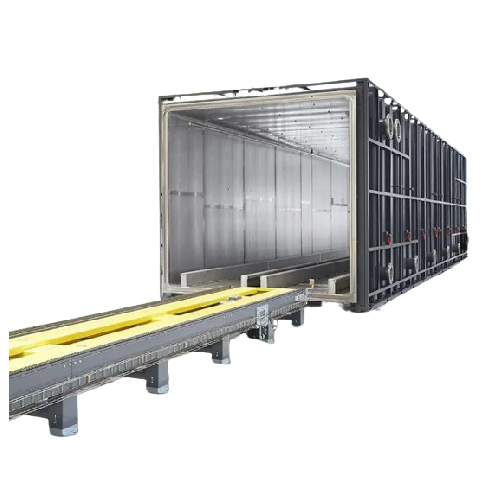
Ethylene oxide sterilizers for medical devices
Ensure the complete sterilization of complex medical devices with advanced ...
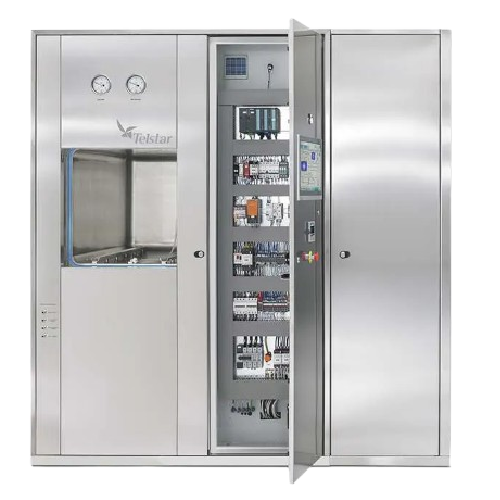
Saturated steam sterilizer for pharmaceutical production
Ensure sterility for a diverse range of pharmaceutical products ...

Dry heat sterilization and depyrogenation oven for glassware
Achieve precise sterilization and depyrogenation of glasswa...
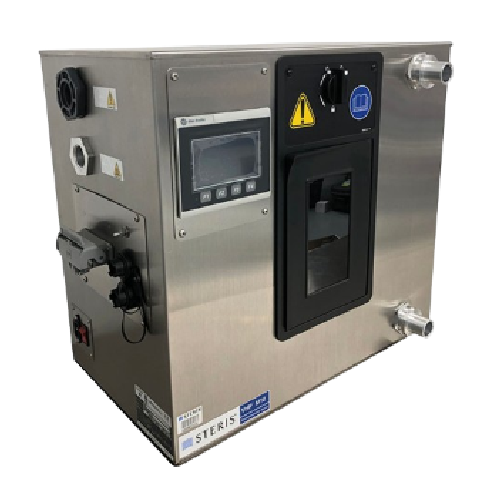
Biodecontamination system for small pharmaceutical enclosures
Achieve reliable sterilization in compact settings with th...
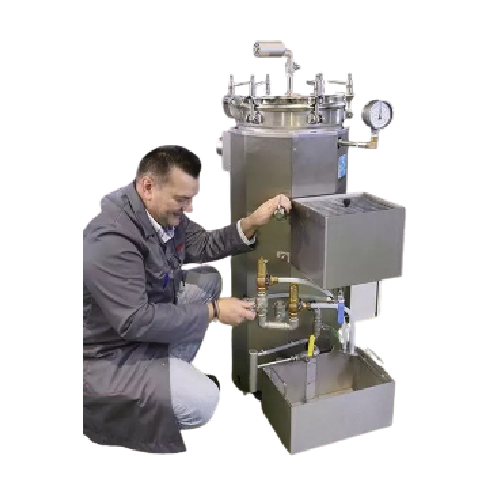
Saturated steam sterilizer for Ngo use
Meet the challenges of emergency medical sterilization with a versatile, manually op...
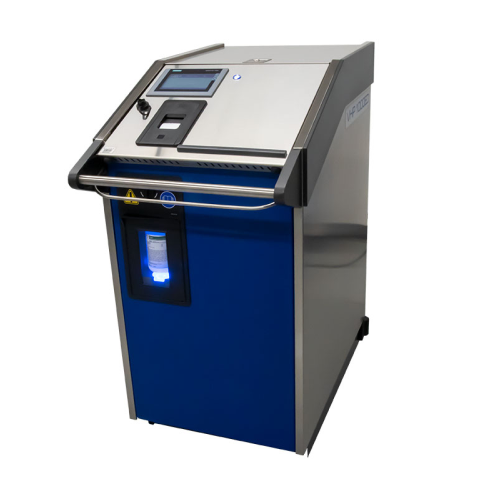
Hydrogen peroxide vapor biodecontamination unit for cleanrooms
Ensure a sterile environment by effectively biodecontamin...
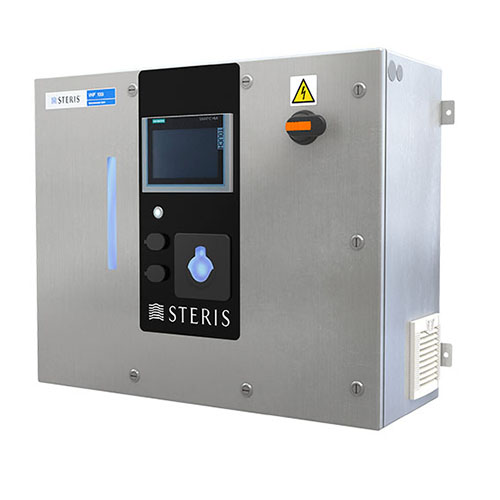
Biodecontamination unit for clean rooms and laboratories
Achieve reliable, 6-log bioburden reduction with this automated ...
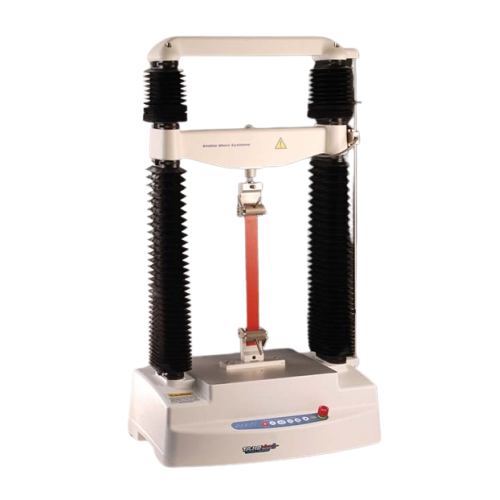
Texture analyzer for high force applications
Achieve precise texture measurement across a vast array of products with a so...

Ventilated autoclave for sterile product preparation
Ensure precise sterilization for injectable drugs and vaccine produc...
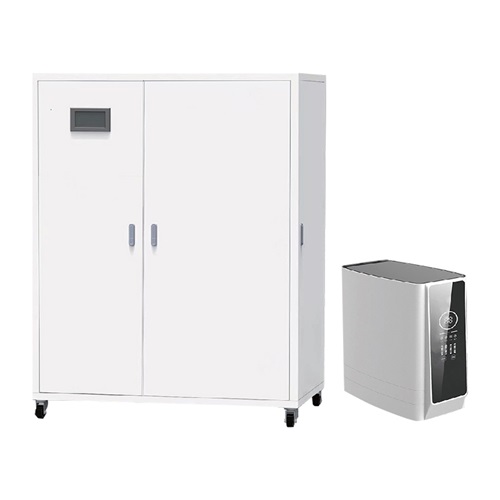
Reverse osmosis water treatment system for medical device cleaning
Ensure purity and compliance by seamlessly integrati...

Cutting and sealing solution for medical packaging
Optimize your sterile packaging process with precision cutting and sea...
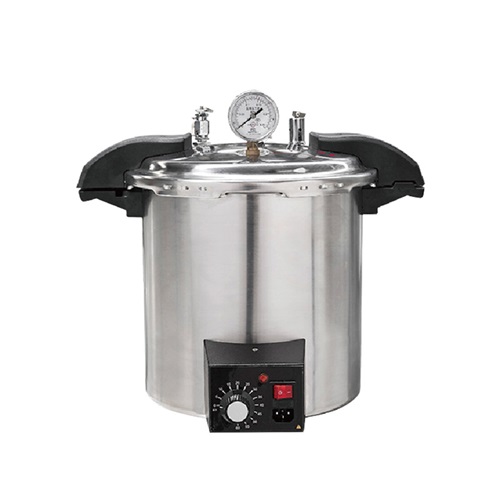
Portable autoclave for sterilizing surgical instruments
Ensure precision and safety in sterilizing surgical instruments, ...
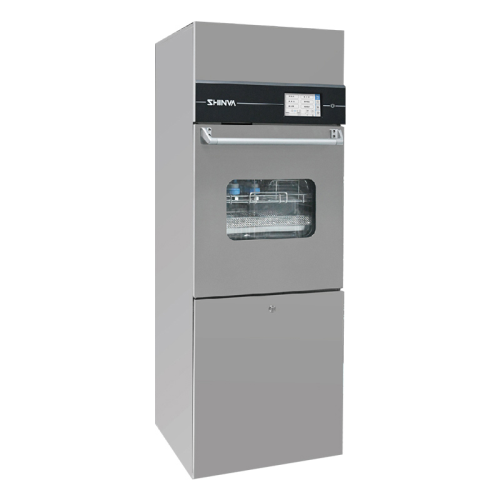
Automatic washer-disinfector for surgical and dental instruments
Ensure optimal hygiene and performance in medical instr...
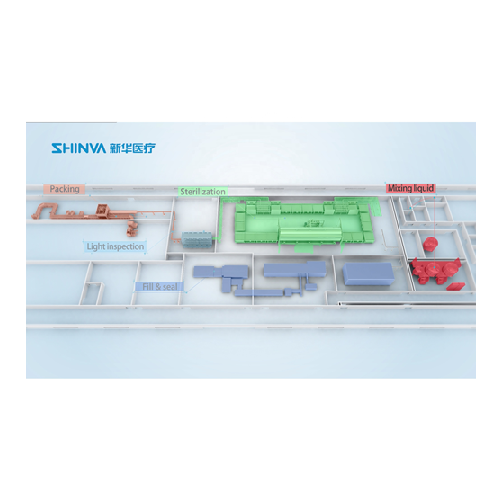
Plastic bottle blowing-filling-sealing system
Optimize sterile liquid packaging with integrated blowing, filling, and seal...

Ultrasonic cleaner for surgical instruments
Ensure precise cleaning and disinfection of complex surgical instruments and d...
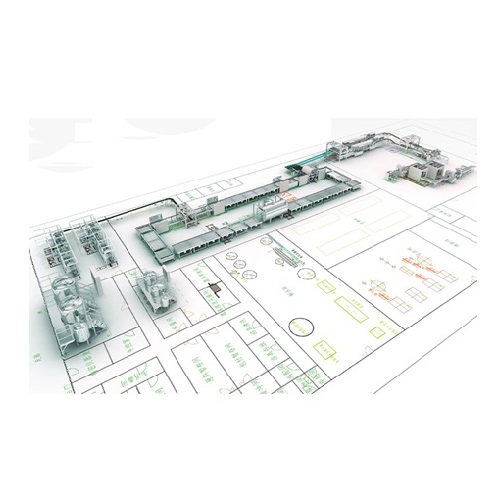
Soft bag form-fill-seal system for large volume injection
Streamline your production of intravenous and nutritional flui...
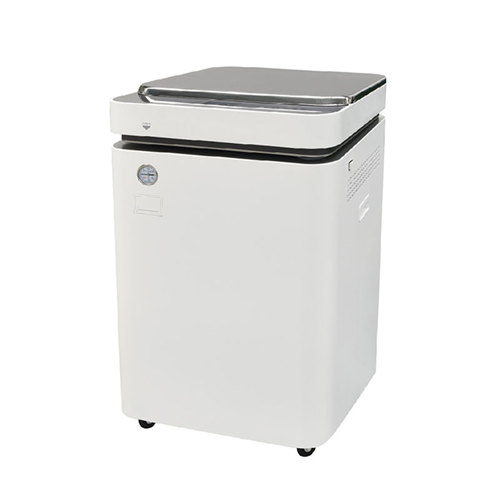
Laboratory series steam sterilizers
Ensure the sterility of your labware and culture media with reliable steam-based steril...

Multi-lane sachet packaging machine
Optimize your packaging line with this multi-lane sachet packaging machine, designed to...

Hot air plate type storage cabinet for endoscopes
Optimize the drying and storage of endoscopes with this advanced cabine...
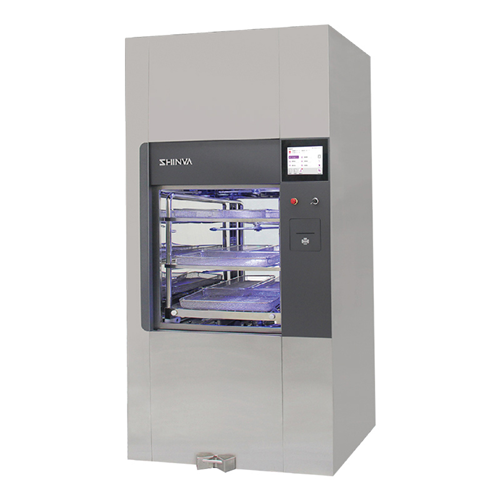
Washer-disinfector for surgical instruments
Ensure thorough cleaning and disinfection of medical and surgical instruments ...

Manual door spray washer for surgical instruments
Optimize cleanliness and safety with a versatile manual door spray wash...
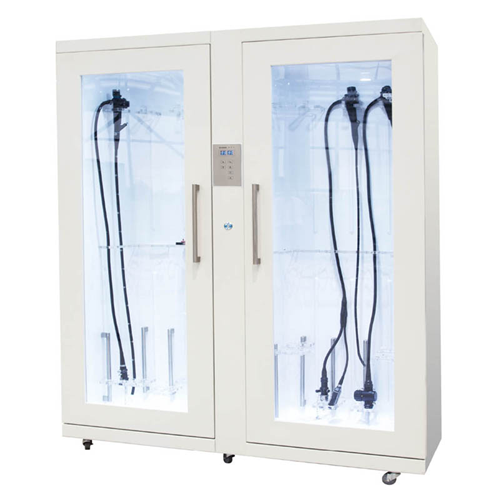
Storage cabinet for endoscopes
Ensure the safe, contamination-free storage and easy monitoring of endoscopes with a hanging ...

Medical drying cabinet for surgical instruments and glassware
Achieve optimal drying for precision instruments and glass...
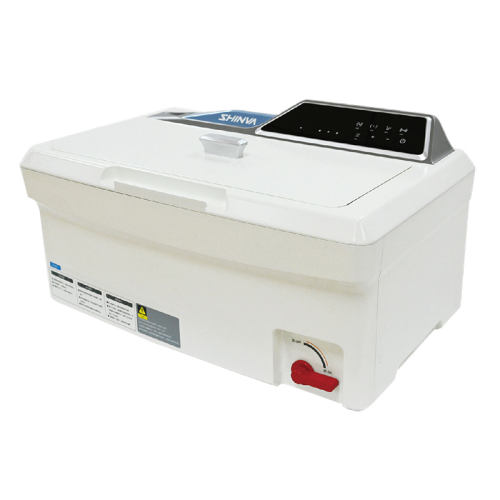
Tabletop ultrasonic washer for surgical instruments
Achieve thorough cleaning and disinfection of surgical tools and prec...

Cassette autoclave for sterilization in medical settings
Ensure the reliable sterilization of medical and laboratory inst...

Dental equipment sterilizer
Ensure complete infection control and safety with advanced sterilization and cleaning capabiliti...
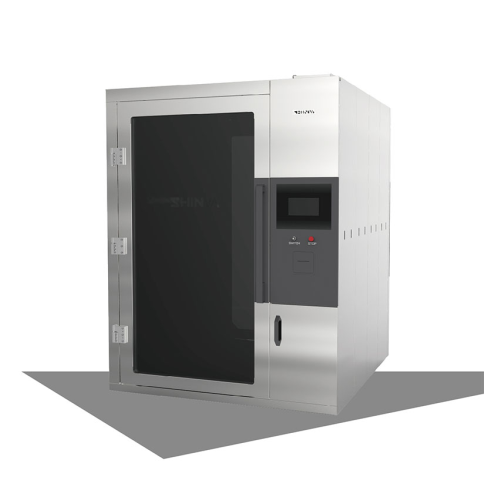
Disinfection transfer chamber for medical and laboratory use
Ensure surface sterilization of large quantities with preci...
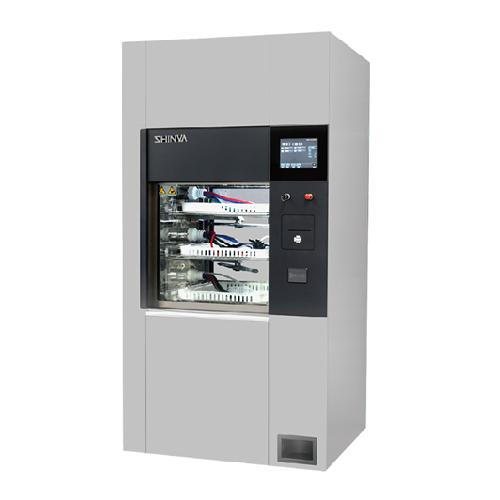
Flexible endoscope washer-disinfector
Ensure precise cleaning and disinfection of complex medical instruments with a washer...

Automatic bottle washer for animal drinking bottles
When meticulous cleaning of animal drinking bottles and labware is es...
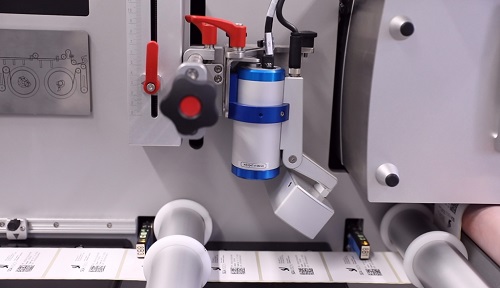
Serialized labels inspection and printing station
Labels are a key component in pharmaceutical packaging lines as they in...
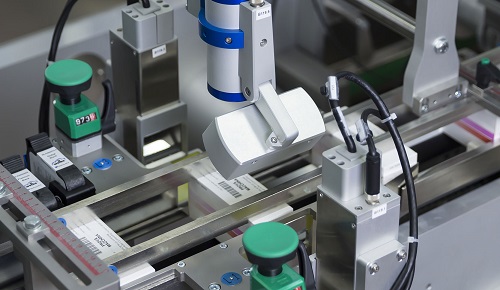
Serialization tracking system
To accommodate different products of varied sizes, the pharmaceutical industry requires handli...
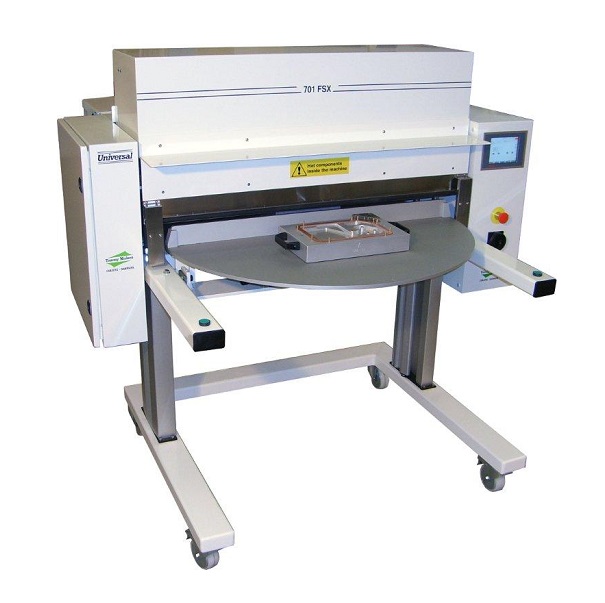
Semi-automatic forming and sealing blister machine
As a manufacturer of medical device, the packaging is a critical facto...
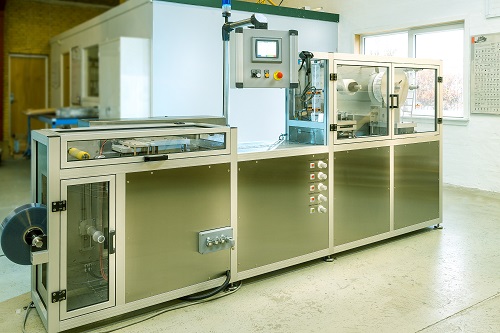
Automatic medical forming and sealing blister machine for packing capsules and tablets
Product safety is very importa...
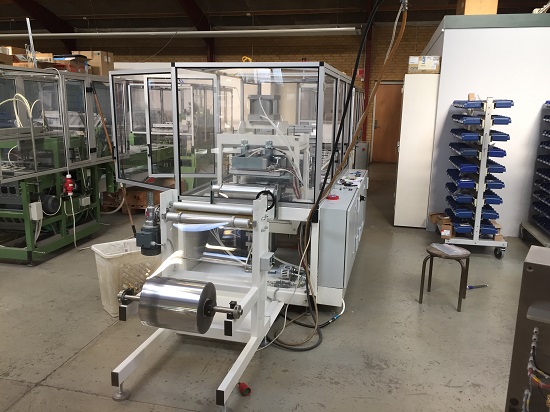
Automatic forming and sealing blister machine for packing syringes
Controlling contamination is on every manufacturer&#...
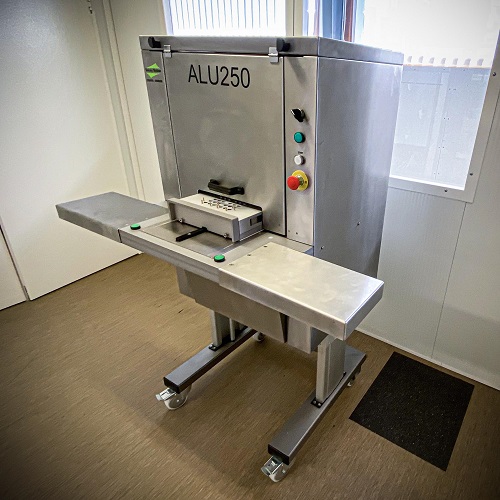
Cold forming aluminum blister machine for capsules
Aluminum blisters are mainly used for packaging products that are sens...
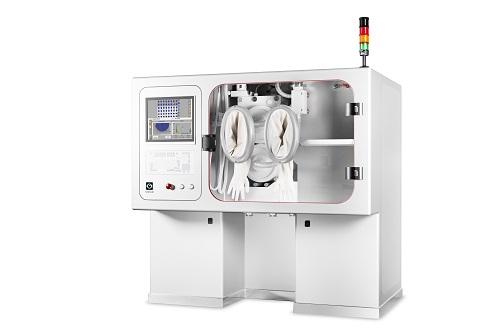
Contained Visual Inspection System
In the medicine industry, it is important to ensure there are no defects in tablets or c...

Semiautomatic blister sealing machines for medical devices
Mostly used in the pharmaceutical and medical industries, bli...
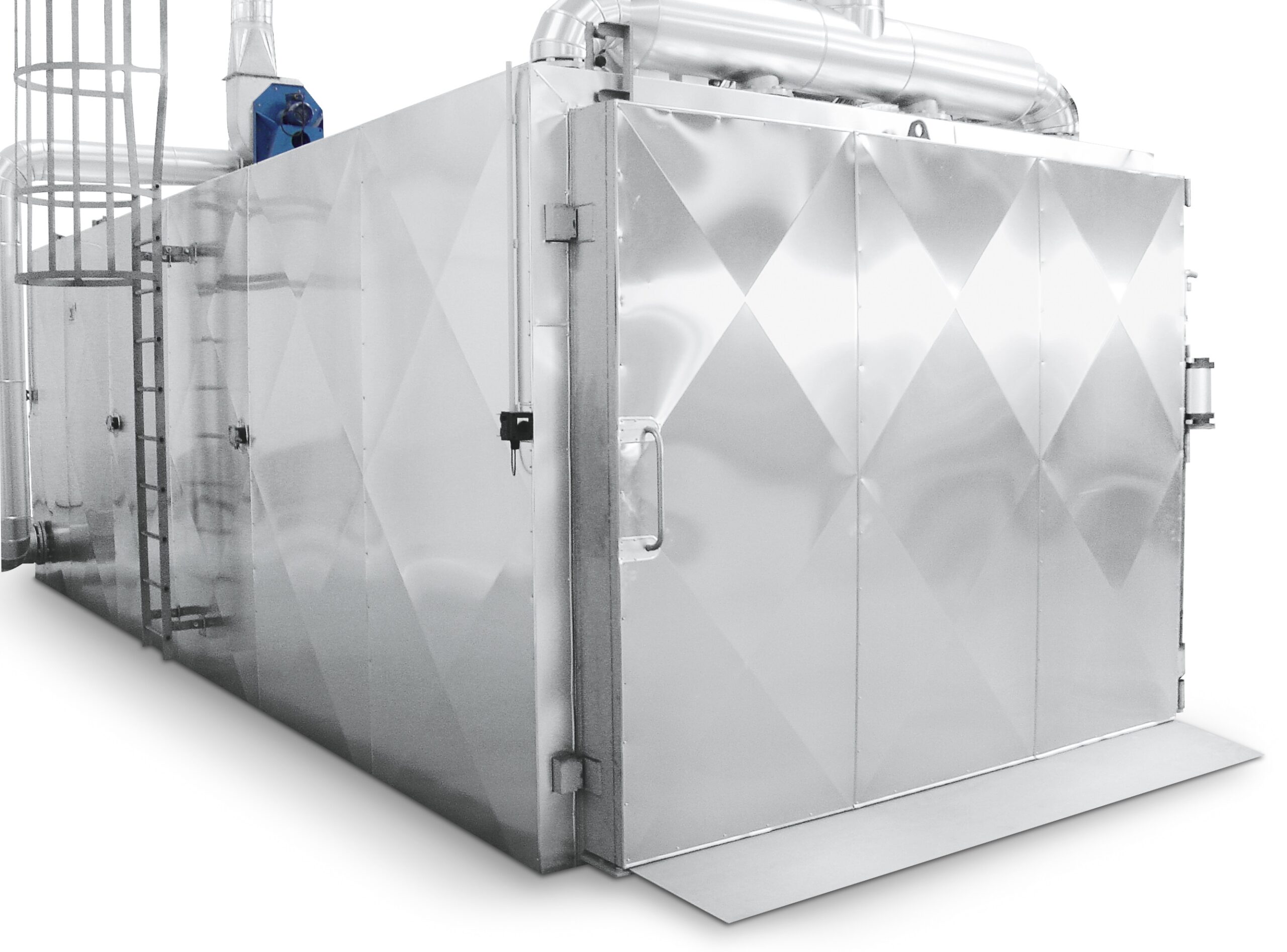
Ethylene oxide sterilizer
When medical devices like syringes, catheters, dialysis cartridges, plastic dressings and sutures ...
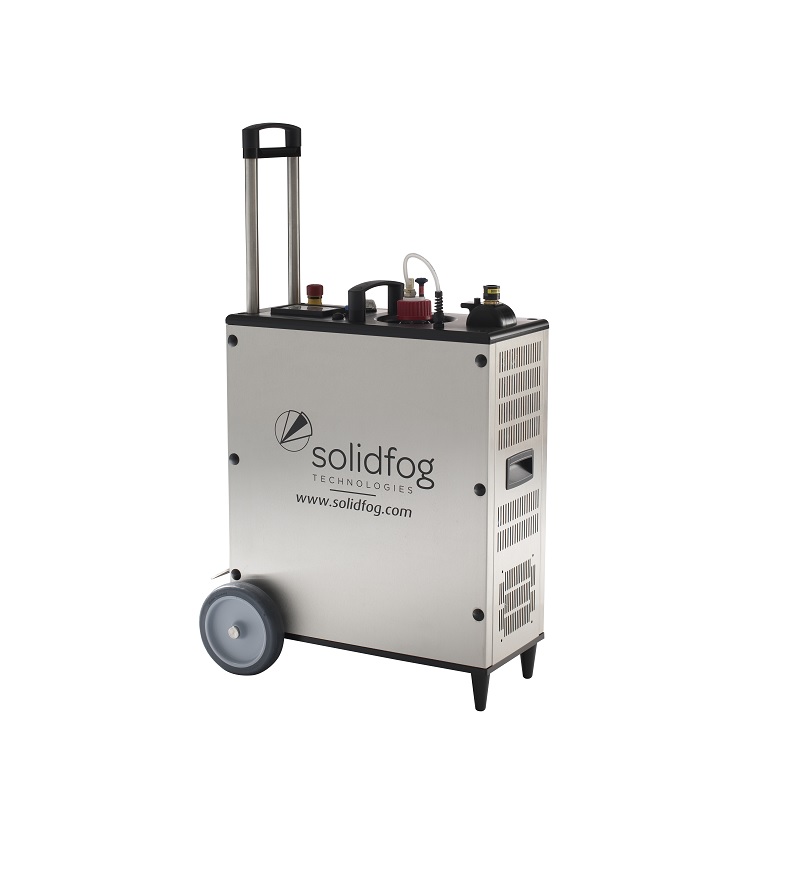
Compact H2O2 disinfection system
Dry fogging provides safe, effective microbiological cleaning of critical areas in biotech,...
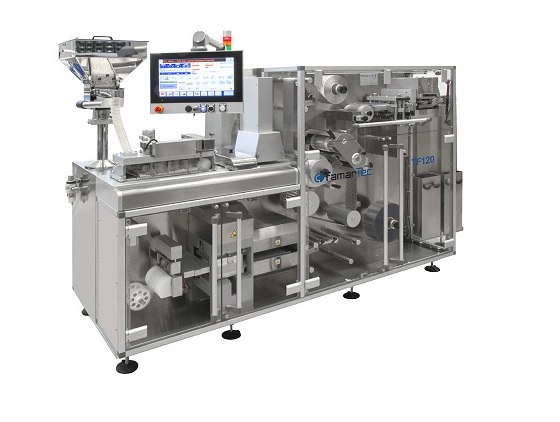
Entry-level blister packaging machine
Blister packaging is a popular packing method in the pharmaceutical industry thanks t...

Industrial blister packaging machine
High-volume, fully-automated blister packaging is the perfect choice for large scale p...
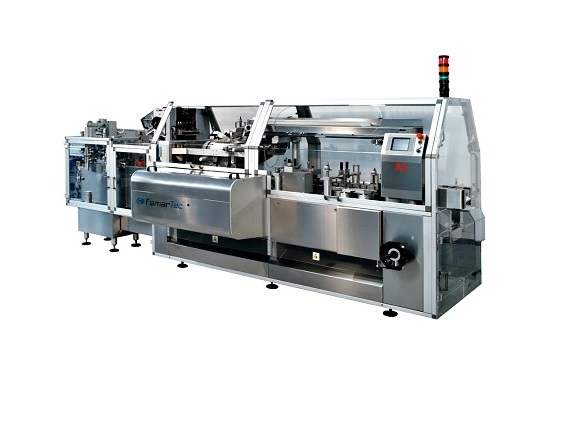
Continuous pack cartoner
High volume automatic cartoning is vital for large scale production of cosmetic or pharmaceutical pr...
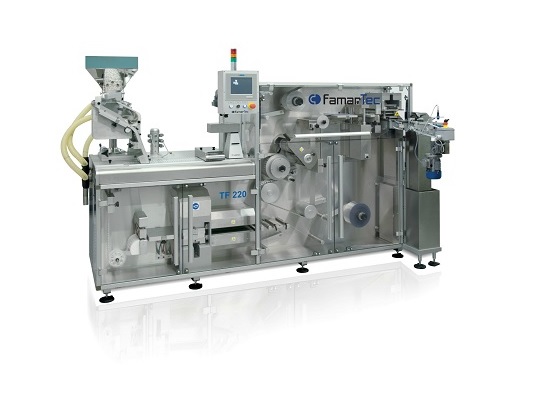
Automatic blister packaging machine
Automated blister packaging is a popular choice for pharmaceutical production thanks to...

Horizontal cartoner for pharmaceutical applications
Automatic cartoning for cosmetic or pharmaceutical products is a requ...
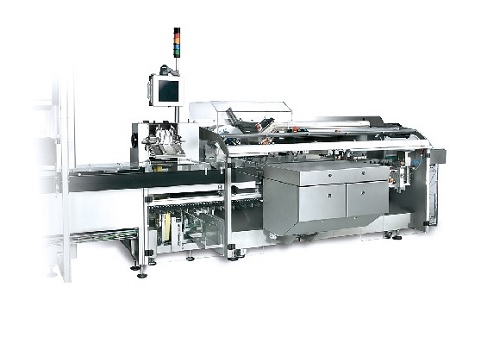
Pharmaceutical and cosmetic industry products cartoner
A large number of cosmetic and pharmaceutical products are packed ...
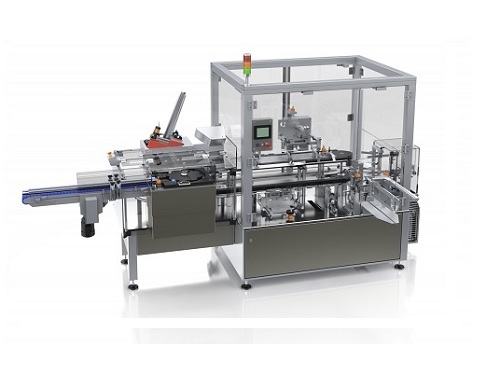
High capacity cartoner for pharmaceutical applications
Many pharmaceutical products are packed in protective and decorati...
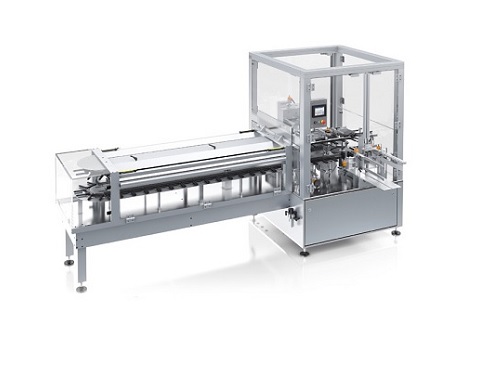
Vertical cartoner for pharmaceutical applications
Many pharmaceutical and cosmetic products are sold in protective and de...
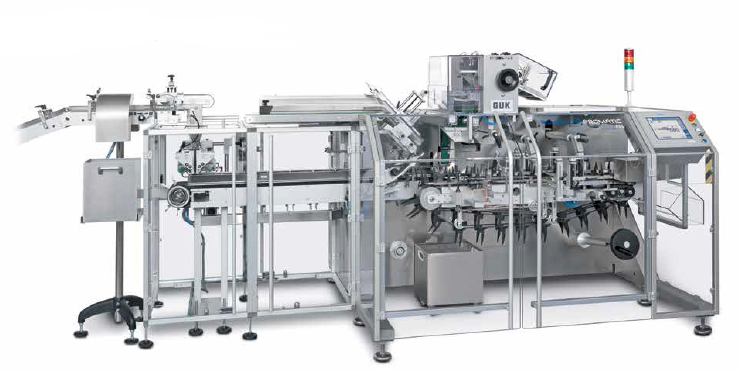
Horizontal intermittent motion cartoner
User-friendly cartooning solution with an intermittent motion for a wide range of p...
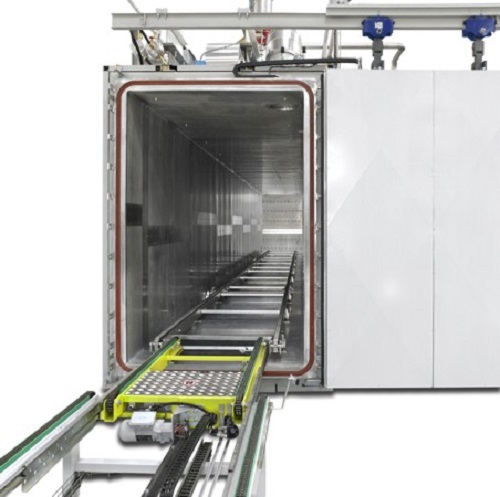
Ethylene oxide sterilization chamber
Designed for the terminal sterilization of temperature sensitive medical-health produc...
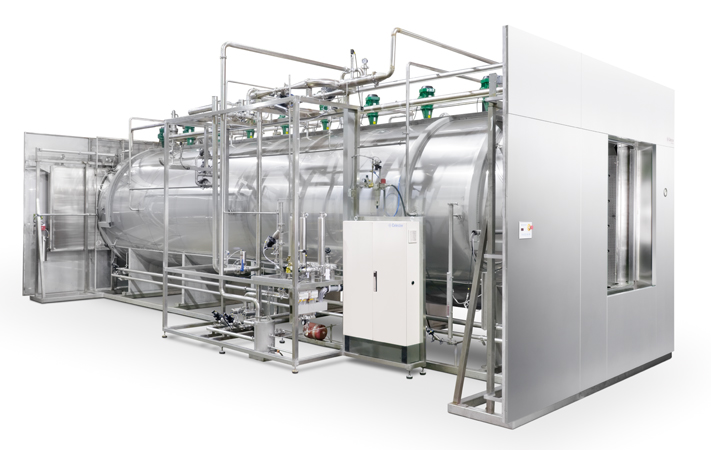
Steam and air mixture sterilization autoclave
Specially designed for sterilizing large batches of parenteral solutions.
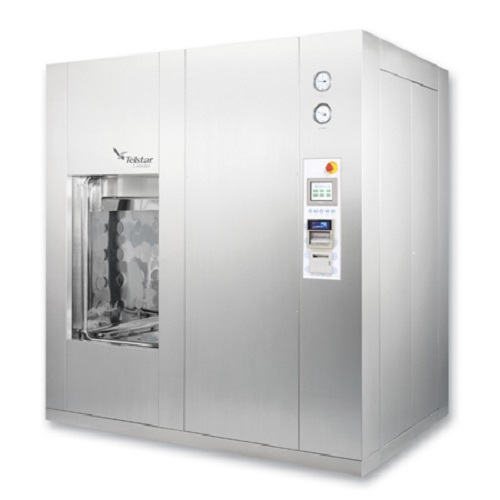
GMP autoclave
When sterilizing and dealing non-thermolabile products, you will want to get a hold of those resistant to the te...
